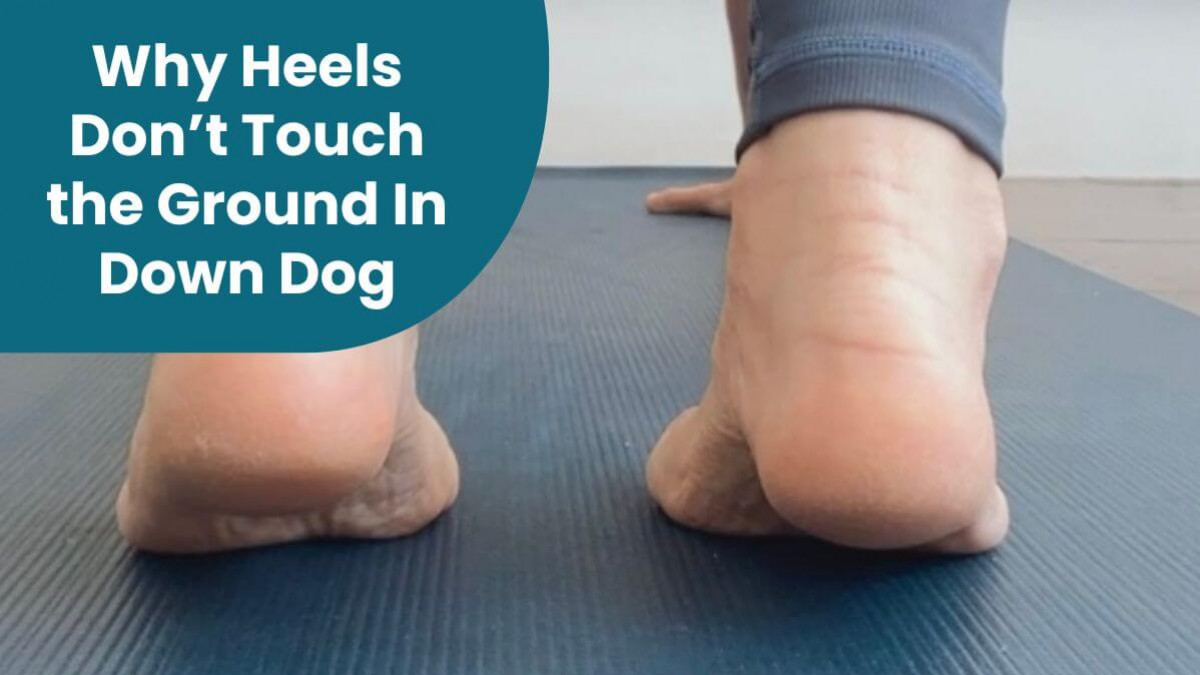Why Your Heels Don't Touch The Ground in Downward Facing Dog

It's okay if heels don't touch - but you need to learn the anatomy.
Why Your Heels Don't Touch the Ground in Downward Facing Dog
This article has moved!
I've published an updated and expanded version of this post on my new website.
Read the full article: Why Your Heels Don't Touch in Downward Dog →
You'll learn the 3 anatomical reasons your heels might not reach the floor — and why that's completely okay.
Categories: : Foot & Ankle, Yoga Anatomy
 Trish Corley
Trish Corley 
